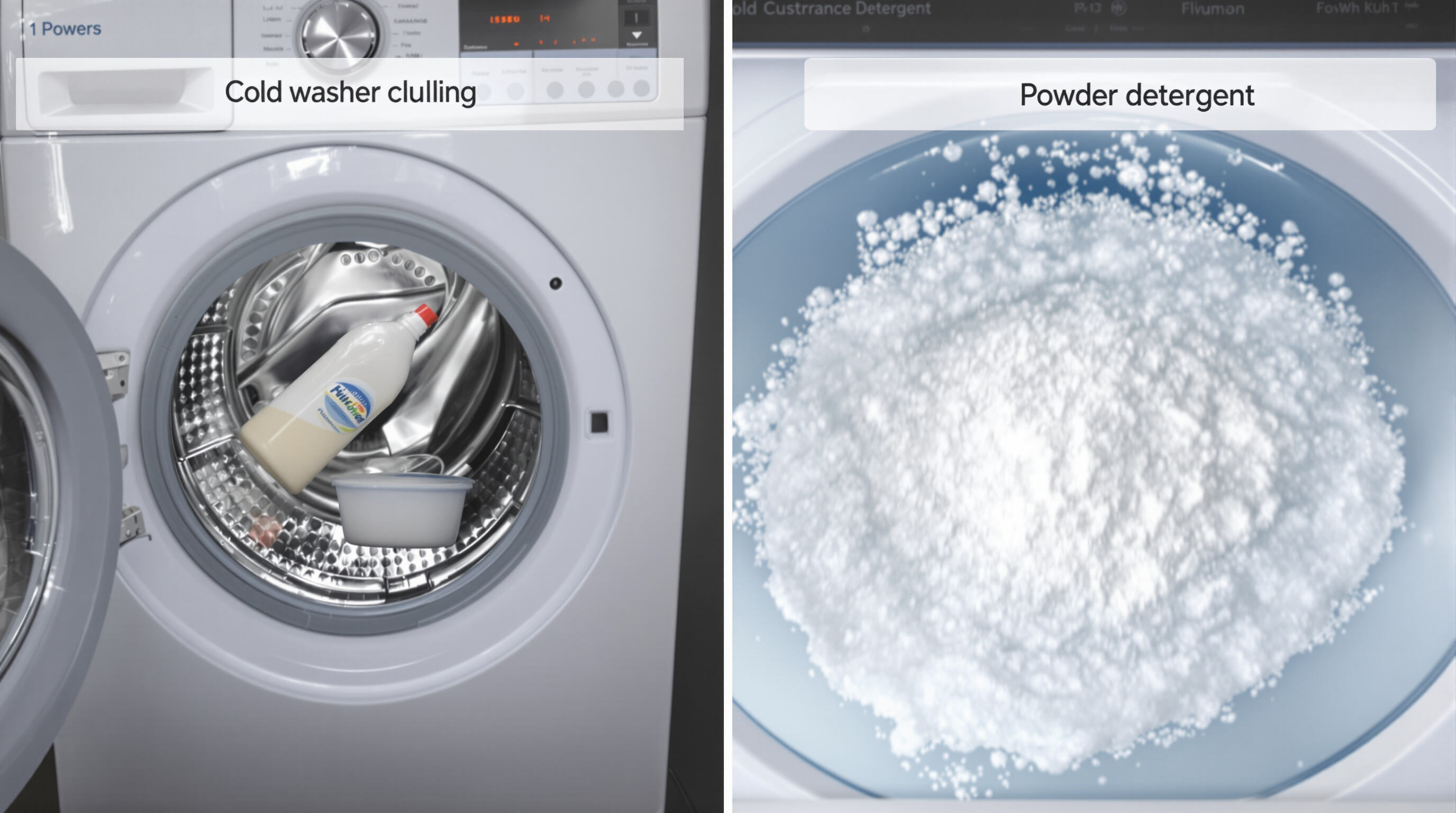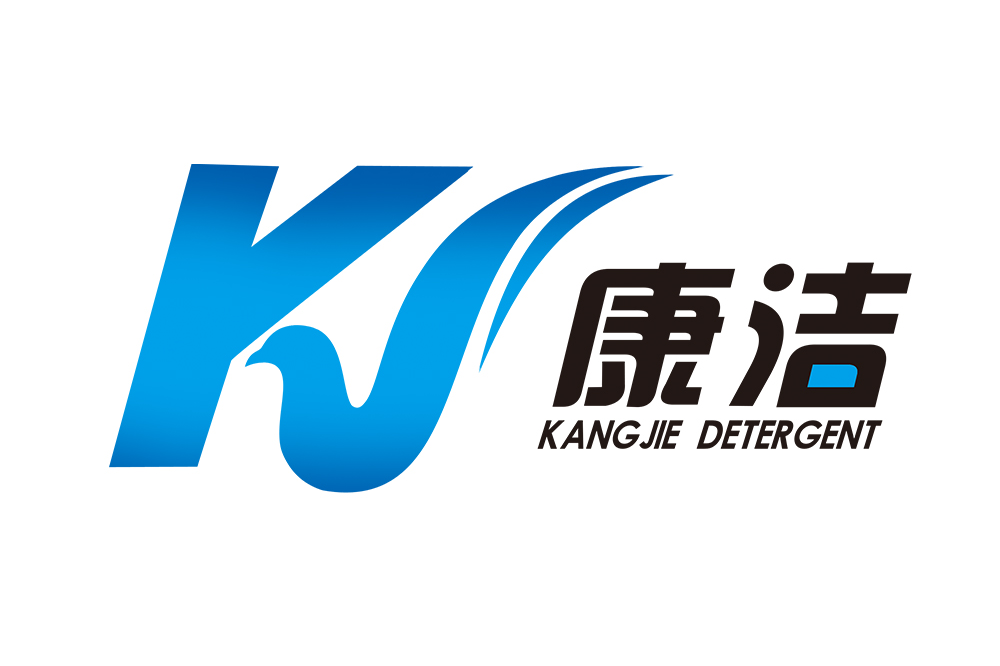Cleaning Power and Stain Removal Effectiveness
How Cleaning Power Differs Between Liquid and Powder Laundry Detergent
Liquid detergents contain surfactants already dissolved in water, which means they start working right away on fabrics and really get into those stubborn grease spots. Powder detergents work differently though. They have things like soda ash and gritty particles that actually help scrub away dirt when clothes are tossed around in the washer. The runny consistency of liquids lets them sink deep into fabric fibers where stains hide. Powders, with their grainy texture, tend to tackle stuff sitting on top of clothes better. Some people find that powders leave behind residue if not fully dissolved, but others swear by their ability to lift out surface dirt and odors after just one wash cycle.
Liquid Detergent Performance on Oily, Greasy, and Tannin-Based Stains
When it comes to getting rid of greasy messes, liquid detergents knock it out of the park with about 92% effectiveness against oily stains, while powdered versions only manage around 78% according to that latest Fabric Care Report from 2024. What makes liquids so good at this? Well, they pack these concentrated surfactants that really know how to tackle fats and oils stuck on clothes, whether it's leftover cooking grease or skin oils transferred during wear. And here's another bonus for liquid detergents: many come with special enzyme additives that target those stubborn color-causing substances found in red wine spills and coffee accidents. These enzymes basically eat away at what makes those stains look so bad, giving liquids an extra edge when fighting tough spots on fabrics.
Powder Detergent Advantages for Heavy Soiling, Mud, and Grass Stains
When it comes to getting rid of mud and clay stains, powders just work better than liquid detergents. Tests show they clean away about 87 percent of these stubborn soils, while liquids only manage around 68 percent removal. The reason? Those little undissolved granules in powder act like tiny scrub brushes during washing, particularly when using warm water. They basically help pull out all sorts of dirt particles from fabric fibers. For people dealing with really dirty clothes like construction workers' gear, hiking equipment, or kids' soccer uniforms covered in grass stains, powder detergent is definitely the way to go. Most folks who've switched notice a big difference in how clean their toughest stains come out after making the change.
Head-to-Head Comparison: Stain Removal in Various Water Conditions
| Water Type | Liquid Detergent | Powder Detergent |
|---|---|---|
| Cold (<20°C/68°F) | High efficiency (quick dissolution) | Residue risk (incomplete dissolving) |
| Hard (150+ ppm) | Reduced sudsing lowers efficacy | Built-in softeners boost performance |
| Warm/Hot | Balanced performance | Optimal abrasive activation |
Liquids dissolve rapidly in cold water, ensuring even distribution and minimal residue. Powders, however, require warmer temperatures for full activation and can leave behind undissolved particles. In hard water, powders often perform better due to built-in water-softening agents, while liquids may lose sudsing power and cleaning efficiency.
Performance in Cold Water and Hard Water Conditions

Cold water washing: why liquid detergent dissolves more effectively
Liquid detergent tends to dissolve right away even when water is cold because it's already partially mixed and has lower surface tension properties. According to research published in 2022 by some materials scientists, these liquid formulas can dissolve up to around 86 percent faster than other types when temperatures drop below 60 degrees Fahrenheit or 15 Celsius. That means less stuff left behind on clothes after washing. Powder detergents work differently though they need warmer water to get going properly. So for folks who want to save energy while doing laundry, liquid options make sense since they clean well without needing hot water cycles.
Challenges with powder detergent dissolution in low temperatures
Powder detergents frequently fail to dissolve completely in cold water, resulting in 40% higher residue rates than liquids (Consumer Reports 2023). Their crystalline structure requires thermal energy to break down, leading to clumping and uneven distribution in low-temperature cycles.
Impact of hard water minerals on laundry detergent effectiveness
Calcium and magnesium ions in hard water bind to detergent molecules, reducing cleaning power by 30–50% depending on mineral concentration (American Cleaning Institute 2023). While both types are affected, powders are particularly compromised because their water-softening builders often require hot water to activate.
Best practices for choosing detergent in hard or cold water environments
For cold water washing, choose liquid detergents with cold-activated enzymes. In hard water areas:
- Opt for liquid formulas containing sodium citrate or other water softeners
- Avoid budget powders with high filler content that worsen mineral buildup
- Consider installing a water softener if detergent costs exceed $15/month
These strategies can reduce detergent usage by 22% while maintaining cleaning performance.
Compatibility with High-Efficiency (HE) Washers
Why Low-Sudsing Formulas Matter for HE Machine Safety
HE washers typically consume around 10 to 13 gallons for each cycle, cutting water usage by about 80 percent compared to older machines. Using low suds detergents matters a lot because too many suds can actually harm internal components like pumps and sensors over time. According to research from the 2023 Appliance Safety Report, roughly one out of every four problems with HE washers comes down to wrong detergent application. Powdered formulas seem particularly problematic since they create residue at almost three times the rate of liquid alternatives, leading to all sorts of maintenance headaches down the road.
Liquid vs Powder: Which Performs Better in High-Efficiency Washers?
In high efficiency washing machines where water levels are kept low, liquid detergents tend to dissolve fully and work better at removing dirt from synthetic fabrics. Tests run by TextileLab actually show around 18% improvement there. Powder detergents have their own issues though - they often form clumps during cold wash cycles. But when it comes to tough mineral stains in areas with hard water, those same powders beat liquid alternatives by about 12%, according to findings published by Water Quality Association back in 2022. Looking at real world performance data, independent labs have found that liquid formulas generally clean about 15% better in HE top loading machines because these appliances are designed with better flow through systems for distributing detergent evenly throughout the load.
Understanding the Underperformance of Some Powder Detergents in HE Systems
Granular detergents require significant agitation to dissolve fully—a challenge in HE machines that minimize water movement to protect fabrics. This leads to:
- 33% higher detergent residue in HE filter screens (Laundry Science Journal)
- 7% reduced cleaning efficiency per cycle
-
Increased wear on moisture sensors
Consumer Reports’ 2023 HE Washer Guide recommends liquid detergents for 89% of modern high-efficiency washers, especially front-loading models.
Cost, Environmental Impact, and Long-Term Value
Shelf Life and Storage Stability: Liquid Versus Powder Laundry Detergent
Most liquid detergents will stay good for around 12 to 18 months before they start breaking down. The problem is that these products contain water which creates ideal conditions for microbes to grow and causes ingredients to separate over time unless kept completely sealed. Powder detergents tend to last longer though, usually between 18 and 24 months when stored somewhere dry. Since they don't have added water in them, they resist forming lumps even when exposed to some humidity. Research published in 2023 showed something interesting too. When stored correctly, powder detergents maintained about 94% of their enzyme activity after two whole years sitting on a shelf. That's pretty impressive compared to just 76% effectiveness remaining in liquid versions stored under similar conditions.
Packaging Waste and Biodegradability: Eco-Friendly Considerations
The problem with laundry day isn't just about getting clothes clean these days it's also about what gets left behind. Liquid detergent bottles account for roughly three quarters of all plastic waste from washing machines, and most people probably don't realize that barely a third of them actually get recycled each year. On the flip side, those powder detergent packages come in cardboard boxes which break down naturally about 90% of the time. Plus they take up way less space when shipped, cutting down on fuel costs by almost half because everything fits together better in trucks. Looking at recent trends though things are starting to change. About two thirds of liquid detergent companies have begun using bottles made from plants instead of petroleum plastics. And even more impressive, over eight out of ten powder detergent boxes now contain some amount of recycled content. This shift shows manufacturers trying to strike a balance between making products greener right now while also thinking ahead about how materials can be reused again and again in the future.
Cost Per Load Analysis: Which Offers Better Long-Term Value?
The average cost for powder detergent comes out to around $0.15 per load, while liquid detergents typically run closer to $0.25 per wash. But there's another factor at play here. When people switch to cold water washing to cut down on energy use, the price gap between powders and liquids actually shrinks quite a bit. Eco minded families see their powder savings drop by about 18% when factoring in these energy considerations. According to research published in 2024, those who stick with powder detergents end up saving approximately $42 each year on product costs alone. However, they tend to pay an extra $28 for water heating expenses, which means the overall annual benefit tips in favor of liquid detergents by roughly $14 in areas where water hardness is a concern.
Future Trends in Laundry Detergent Innovation
Emergence of hybrid and dual-phase detergent systems
According to the latest Fabric Care Market Report from 2024, around two thirds of manufacturers are now putting money into these new hybrid laundry detergent systems that mix the best parts of both liquid and powder products. The key innovation here is the use of enzymes which actually go after those stubborn stains but still work well even when using cold water. Some companies have come up with really clever dissolvable pods containing two separate compartments inside them. One side holds liquid good at tackling greasy messes, while the other contains powder specifically designed to fight against mineral buildup. Tests show these double action pods perform about 27 percent better overall compared to regular single component detergents when dealing with all sorts of different stains together.
Smart formulations and temperature-responsive cleaning agents
Next-generation detergents incorporate pH-sensitive microcapsules that release cleaning agents at specific water temperatures. Trials show these remove 40% more protein-based stains like blood and sweat in cold washes. Some prototypes include AI-driven scent release systems that adjust fragrance intensity based on load size and fabric type.
Market outlook: projected shift toward liquid-dominant solutions by 2030
Powder detergents still hold around 58 percent of the market share these days, but there's definitely a growing interest in liquid formulas that leave less residue behind. Market analysts predict that liquid products could take over about 71% of sales by the end of this decade. Why? Because they work better with high efficiency washers and people are getting used to doing more cold water washing at home. This change tracks closely with predictions showing sustainable laundry options growing at roughly 7.3% year after year until 2030. The trend seems especially strong in areas where water is scarce, making sense both environmentally and economically for households looking to cut down on resource consumption.
FAQ
Which type of detergent is more effective in cold water conditions?
Liquid detergents dissolve more effectively in cold water and are better suited for cold washes.
Are powder detergents better for heavily soiled laundry?
Yes, powder detergents are generally more effective at removing mud and heavy stains due to their scrub action.
Do liquid detergents work well in hard water?
Liquid detergents can be less effective in hard water unless they contain specific water softeners.

